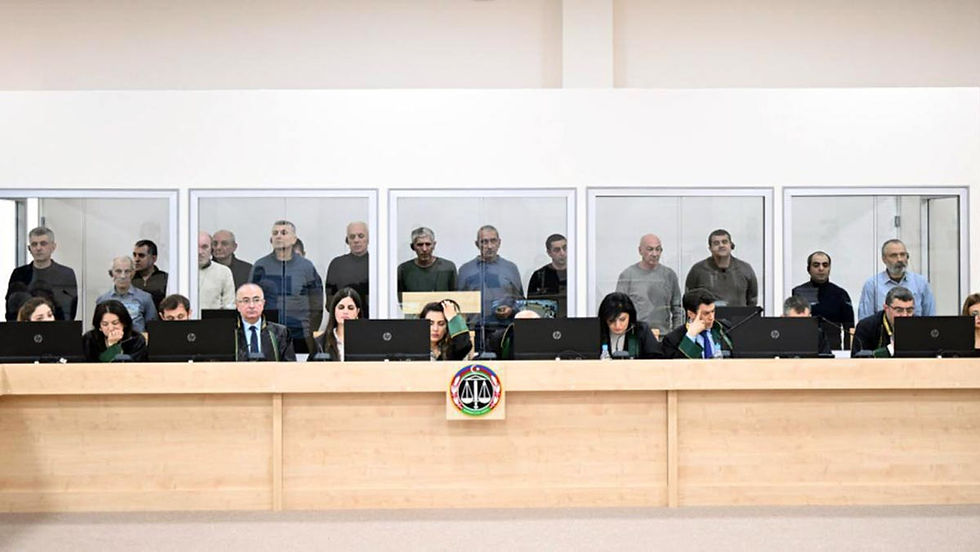Remembering Maraga Massacre: Azerbaijan's Brutal Violence - Decapitations, Mutilations, and Burning of Armenian Victims
- The Armenian Report Team

- Apr 10, 2024
- 2 min read

The Maraga massacre stands as a haunting reminder of the atrocities committed during the First Nagorno-Karabakh War. On April 10, 1992, Azerbaijani troops seized the village of Maraga (also known as Maragha), unleashing a wave of violence that claimed the lives of innocent Armenian civilians and left a community shattered.

Located in the Martakert region of Nagorno Karabakh, Maraga was a thriving village, home to thousands of ethnic Armenians. However, its peaceful existence was shattered by the escalating conflict in the region. As tensions mounted, Azerbaijan tightened its blockade on Nagorno-Karabakh and pursued a policy of ethnic cleansing against Armenians.

The attack on Maraga was swift and brutal. Azerbaijani forces bombarded the village with artillery fire, followed by a ground assault. By the afternoon, tanks rolled into Maraga, accompanied by infantry and looters. The villagers, including men, women, children, and the elderly, faced indiscriminate violence as their homes were pillaged and burned to the ground.

Amnesty International documented the horrors that unfolded in Maraga. Over 100 women, children, and elderly residents were tortured and killed, while 53 others were taken hostage, never to be returned. The massacre was marked by extreme acts of cruelty, including decapitations, mutilations, and the burning of bodies.
Despite the valiant efforts of Armenian fighters to defend the village, they were ultimately overwhelmed by the Azerbaijani onslaught. The villagers, facing imminent danger, fled their homes, while those who remained, mainly the elderly and disabled, sought refuge in basements and underground shelters.
Tragically, Maraga fell into Azerbaijani hands, and the consequences were devastating. The Azerbaijani forces executed a campaign of terror, massacring civilians and razing the village to the ground. The aftermath revealed a scene of horror, with homes still smoldering, charred remains scattered, and survivors in a state of shock.
Baroness Caroline Cox, a staunch advocate for Armenian rights, visited Maraga to bear witness to the atrocities. She described the village as a site of unspeakable suffering, where innocent lives were senselessly cut short and families torn apart. Despite efforts to bring attention to the massacre, international media coverage remained sparse, leaving the victims' stories largely untold.
Decades later, the wounds of Maraga remain unhealed. The perpetrators of the massacre have never been held accountable, and the village itself is now under Azerbaijani control. Former residents have scattered across Russia, Armenia, and other parts of Nagorno-Karabakh, rebuilding their lives amid the trauma of displacement.
In a testament to their resilience, survivors of Maraga had established a new village, Nor Maraga (New Maraga) in Artsakh, on the ruins of their former home. A monument in Artsakh stands as a solemn tribute to the lives lost in the massacre.






Comments